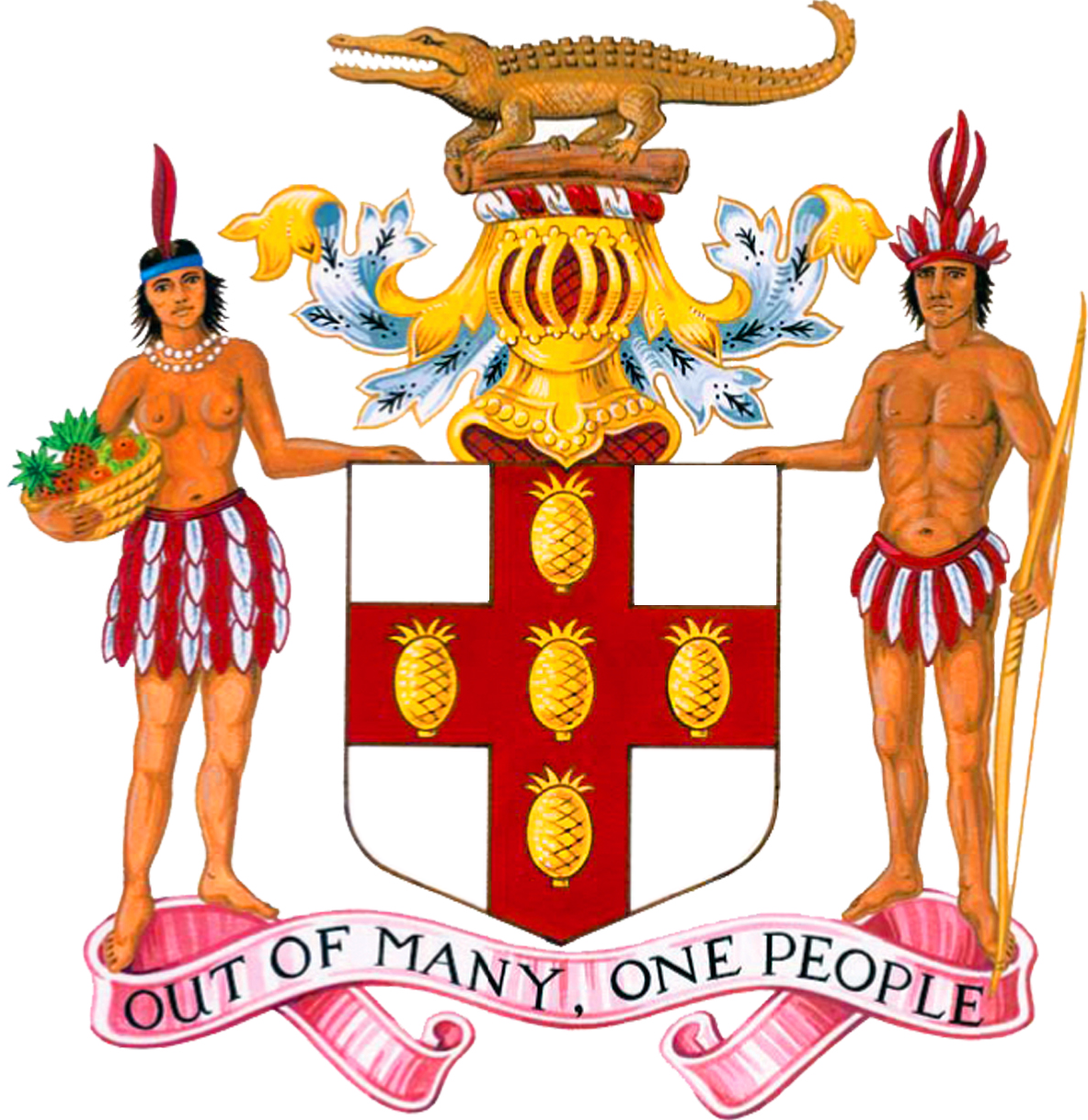Urban Traffic Management System For Jamaica

Implementing a modernized Urban Traffic Management System (UTMS) is a headline moment for Jamaica. It is the first instrument the government is deploying to promote optimal use of energy resources across the island.
UTMS is a principal component of EMEP (Energy Management and Efficiency Programme) and a key element of the National Development Plan, dubbed Vision 2030. EMEP is the umbrella guide for the government’s energy efficiency and conservation policies.
Plans for a revolutionary traffic management system began immediately after the EMEP signing in 2019. But work officially began last May and is expected to run for ten months. UTMS will synchronize 161 traffic signals to increase urban mobility and fuel efficiency in the Kingston Metropolitan Area, Spanish Town, and Portmore.
Consortium Kingston-Jamaica 2018 is the contractor on the project and the local National Works Agency (NWA) will operate and maintain the system when it’s completed.
The UTMS includes a centrally controlled Intelligent Transportation System, detectors, an integration platform for traffic monitoring, operation, planning and modelling, traffic controllers, training and coaching of NWA, and other data detection equipment to provide real-time traffic counts and patterns.
Road traffic has been increasing in Jamaica in recent years. This has resulted in reduced carrying capacity of major urban roadways, long traffic pile-ups, often with motor vehicle engines idling at traffic lights, and a high fuel bill for the country. All of this is expected to come to an end once the system begins operations. The new system will lower fuel imports by 618,608 barrels of oil, leading to savings for motorists and the country.
Jamaica’s annual energy consumption, which includes petrol, is high on a per capita basis. Transportation consumes 30% of oil imports, leaving the island with excessive carbon emissions. The UTMS will help to alleviate this problem by reducing day-to-day fuel use. The government forecasts that this and other enforced energy efficiency and energy conservation measures will lower carbon emissions to an annual rate of 228,424 tons.
Other substantial outputs expected from UTMS include:
- Green time at each traffic light to be significantly adjusted based on demand.
- Instant notification of intersection malfunction.
- Improvements in pedestrian safety in the foreseeable future.
- Emergency services dispatch centres to get video feeds for insights on traffic operations.
- Detection of rising water levels in flood-prone areas so authorities can issue early flood warnings.
- A whopping 30 % reduction in annual travel time and fuel consumption in the KMR corridors.
Funding for EMEP is financed through an energy loan from the InterAmerican Development Bank (IDB), the Japan International Cooperation Agency (JICA) and the European Union Caribbean Investment Facility (EUCIF).

